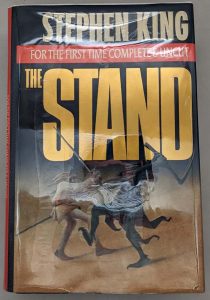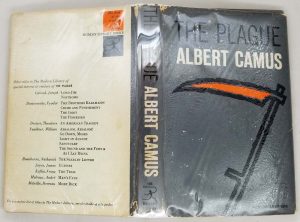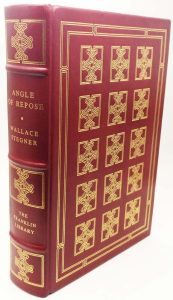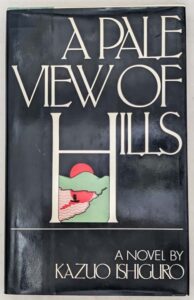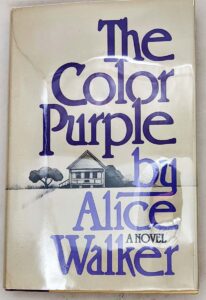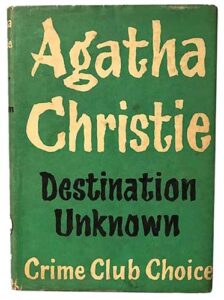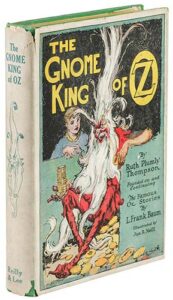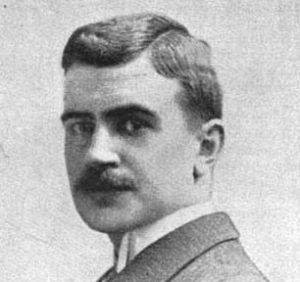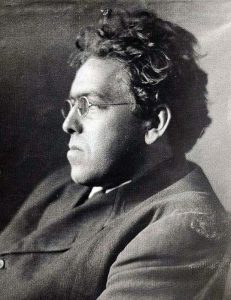Little Wizard Stories of Oz is a set of six short stories written for young children by L. Frank Baum, the creator of the Oz books. The six tales were published in separate small booklets, “Oz books in miniature,” in 1913, and then in a collected edition in 1914 with illustrations by John R. Neill. Each booklet is 29 pages long, and printed in blue ink rather than black.
History
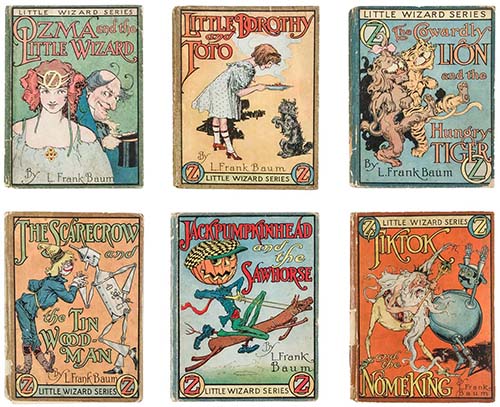
The stories were part of a project, by Baum and his publisher Reilly & Britton, to revitalize and continue the series of Oz books that Baum had written up to that date. The story collection effectively constitutes a fifteenth Oz book by Baum.
Baum had attempted to end the Oz series with the sixth book, The Emerald City of Oz (1910). In the final chapter of that book, he sealed off the Land of Oz from the outside world. He began a new series of books with The Sea Fairies (1911) and Sky Island (1912). Also, he reacted to his 1911 bankruptcy by increasing his literary output. He produced five books that year, his greatest output since 1907. Baum tried to launch two other juvenile novel series in 1911, with The Daring Twins, released under his own name, and The Flying Girl, under his “Edith Van Dyne” pseudonym.
Disappointing sales through 1911 and 1912 convinced Baum and Reilly & Britton that a return to Oz was needed. Baum wrote The Patchwork Girl of Oz for a 1913 release, and in the same year his publisher issued the six Little Wizard stories in individual booklets at a cost of $0.15 each. The goal was to reach the youngest beginning readers, and create in them an interest in the larger Oz canon, as part of a “promotion of L. Frank Baum and all of his books.”
The six tales in the Little Wizard Stories are:
- “The Cowardly Lion and the Hungry Tiger”
- “Little Dorothy and Toto”
- “Tiktok and the Nome King”
- “Ozma and the Little Wizard”
- “Jack Pumpkinhead and the Sawhorse”
- “The Scarecrow and the Tin Woodman”
The strategy of reaching beginning readers was successful enough for Reilly & Britton to repeat it within a few years. The publisher released selections from L. Frank Baum’s Juvenile Speaker (1910) in six smaller books called The Snuggle Tales in 1916–17, and again as the Oz-Man Tales in 1920.
Four of the Little Wizard Stories were re-issued in 1932 in a new form, as The Little Oz Books with Jig Saw Oz Puzzles. A year or two later the four tales were released again, as part of a promotion for a Wizard of Oz radio program (sponsored by Jell-O). Rand McNally published the six stories in three booklets in 1939.
Frank Baum – Little Wizard Stories of Oz | First Edition Identification Guide
Please refer to the gallery for detailed images of binding(s) and dust jackets.
| Year | Title | Publisher | First edition/printing identification points |
|---|---|---|---|
| 1913 | The Little Wizard Series | Reilly & Britton Co., [1913 | In 1913, L. Frank Baum and Reilly & Britton brought out the first Oz book in three years, The Patch work Girl of Oz. The hiatus in the series had resulted from Baum’s attempt to begin the Trot and Cap’n Bill series with The Sea Fairies (1911) and Sky Island (1912). It soon became clear that readers preferred Oz, and Baum devoted himself to reestablishing the Oz series. Perhaps to appeal to younger readers who had not yet discovered Oz, six short Oz stories were published in 1913 as The Little Wizard Series. The Little Wizard Series. Six small volumes: The Cowardly Lion and the Hungry Tiger, Little Dorothy and Toto, Tiktok [sic] and the Nome King, Ozma and the Little Wizard, Jack Pumpkinhead and the Sawhorse, and The Scarecrow and the Tin Woodman. Textual points: Bound in a single gathering, saddle wire- stitched (stapled in the center). The text is printed in blue on a slightly rough wove paper stock. The title page is printed in blue and red. There are no color plates, but the textual illustrations are printed in full color. Pictorial self-endpapers, with the shadowed areas below the lion and the tiger printed in blue half-tone stipple. Binding: pictorial, paper-covered boards, printed in colors. It is unlikely that the series was issued in dust jackets. Size of leaf: 6 13/16 by 5 5/16 inches. Thickness of each volume: 3/16 inch.
[The Little Wizard Series] The Little Oz Books with Jig Saw Oz Puzzles. Two boxed sets each containing two of The Little Wizard Series books and two jigsaw puzzles (reproduced from the center-spread illustration of each book): set 1 contains Ozma and the Little Wizard and The Scarecrow and the Tin Woodman-, set 2 contains Tiktok and the Nome King and Jack Pumpkinhead and the Sawhorse. Chicago: The Reilly & Lee Co., [1932]. Textual points: On the verso of the title page is an advertisement for the two jigsaw puzzle sets. Bound in a single gathering, saddle wire-stitched (stapled in the center). The text is printed in black, and the reset title page is in black and red; text illustrations are in color. The shadowed areas below the lion and tiger at front and back of Tiktok and the Nome King are in black stipple; the other three booklets have solid black shadows. Covers: Paper wrappers with designs the same as the 1913 printings, except that the front cover caption “LITTLE WIZARD SERIES” has been deleted. Size of leaf: Varies slightly but approximately 7 1/16 by 5 3/16 inches. Thickness of volume: 1/8 inch. [The Little Wizard Series] The Jell-O booklets: Four volumes: Ozma and the Little Wizard, Tiktok and the Nome King, Jack Pumpkinhead and the Sawhorse, and The Scarecrow and the Tin Woodman. Chicago: The Reilly & Lee Co., [1932]. Textual points: On the verso of the title page, page [30], and the inside back cover are Jell-O advertisements and dessert recipes. Bound in a single gathering, saddle wire- stitched (stapled in the center). The text is printed in black, and the title page is in black and red; text illustrations are in color. The shadowed areas below the lion and tiger at front are solid black. Binding: paper wrappers with designs the same as the 1913 printings, except that the front-cover caption “LITTLE WIZARD SERIES” has been deleted, and the back cover contains a drawing of the Scarecrow and Tin Woodman carrying a giant dish of Jell-O. Size of leaf: 6 1/2 by 4 7/8 inches. Thickness of volume: 1/8 inch. |
Frank Baum – Little Wizard Stories of Oz
First edition binding(s).
Reference:
- Wikipedia
- Bibliographia Oziana – Haff, Greeme, Martin. 2002
